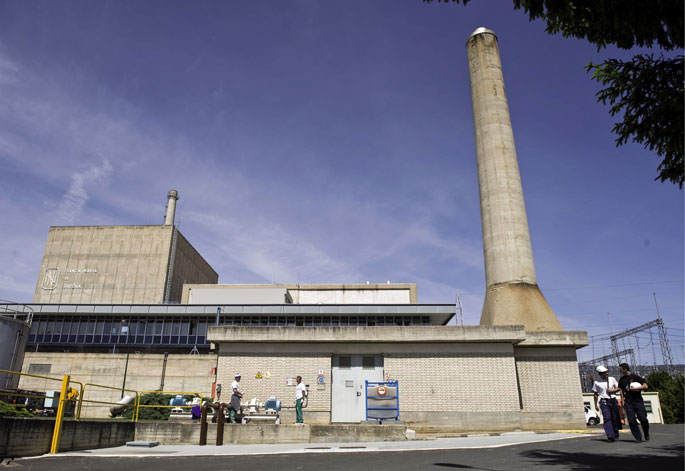
How to close Txernobyl? How to close Fukushima? These two nuclear power plants, after suffering accidents, are still "alive" and no one is calling for their closure. The first has been covered and covered, and the solution has been entrusted to the technological advances that the next generations can make; the second, as long as radioactivity is spilled and spilled, scientists, although at first they talked about melting it, are becoming increasingly clear that they will have to go to cover and repopulate whenever necessary.
The ways of activating plant sites are known, but not the ways of deactivation. We can say that after we activate the power plants, we give them an almost infinite life.
Garoña is no exception. They stopped the power plant, but they didn't shut it down because they don't know how. What is happening in the Garoña environment over the past two years, increasingly explains the technical impossibility. The implementation of the security measures imposed by Europe would no longer be profitable; Nuclenor, the owner of the plant, knows that, once opened, it should operate for at least ten years to depreciate the security investment. It also knows that if the plant were to stop it would have to deal not only with the cost of closure, but also with major eco-social problems. It seems that the Spanish Government has also understood the problem and has finally realised that it finds it much more profitable to keep the plants open sine die. Thus, the news of the prolongation of the life of nuclear power stations that have taken place in recent weeks is easily understandable.